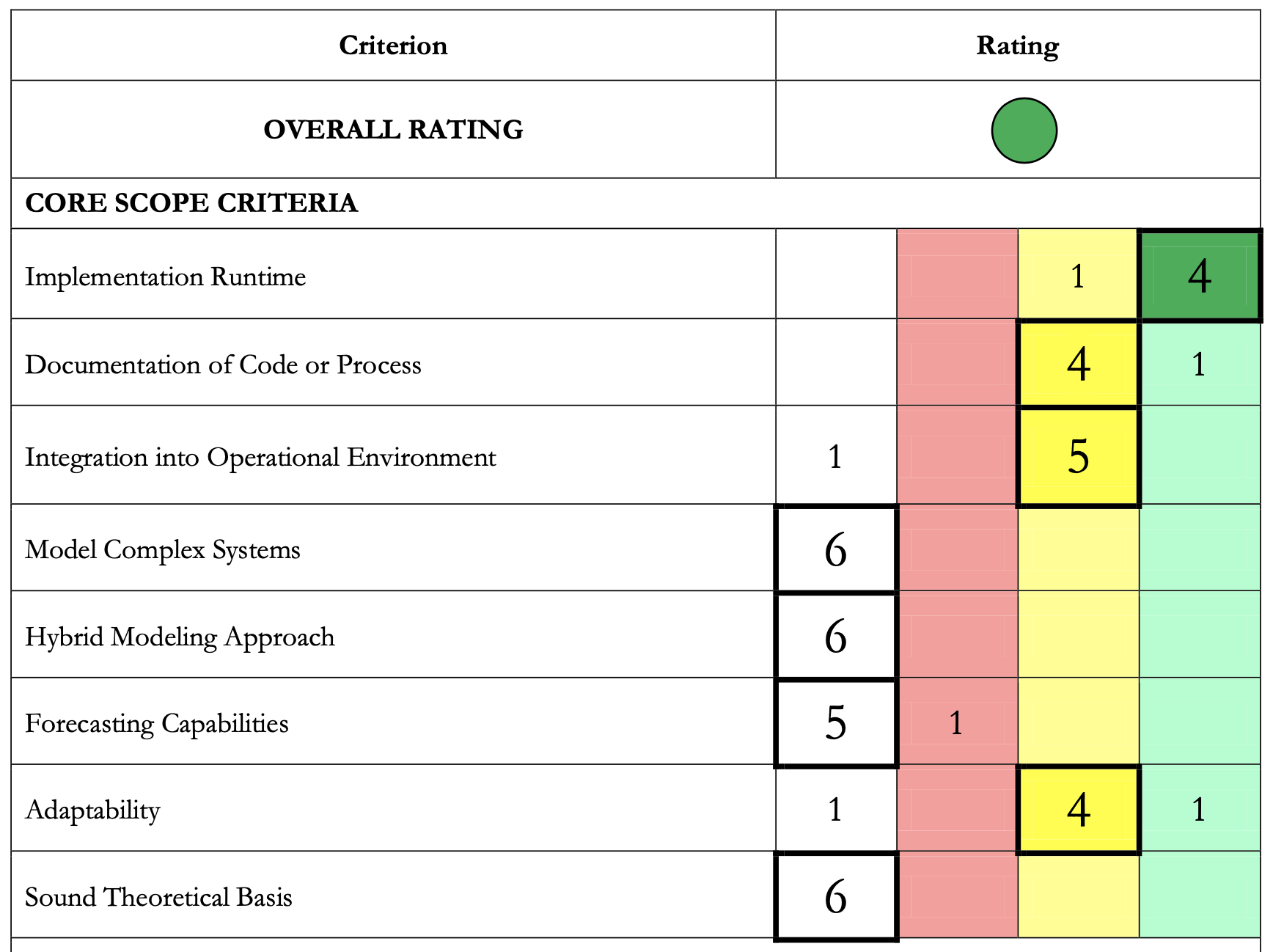Anticipating the Future Operational Environment (AFOE), AFRICOM Exploitable Conditions Model (AECM)
Anticipating the Future OE (Ph III)
POC: For inquiries regarding this work, please contact Dr. Katy Lindquist (klindquist@nsiteam.com)
Project Team: Allison Astorino-Courtois, Ph.D.; BelindaBragg, Ph.D.; Sarah Canna; Gianna Courtois; Nathan Heath; Samuel Henkin, Ph.D.;Eric Kuznar; Lawrence Kuznar, Ph.D., Katy Lindquist, Ph.D.; Nicole Omundson; Sabrina Pagano Polansky, Ph.D.; George Popp; Danielle Rasmussen; JamesSundquist, Ph.D.; Mariah Yager
Description: The NSI team tailored the Global Exploitable Conditions Model to the US AfricaCommand’s (USAFRICOM) area of responsibility (AOR). Like the GECM, the AECM looked at how the trajectory of global challenges, such as revolutionary technology advances, shifting distributions of state power, globalization, global disease evolution, etc. act as buffers and drivers of stabilizing and destabilizing activities including terrorism, violent conflict, economic growth and development, governance, corruption, humanitarian crises, and gender inequality. Planners, analysts, and strategists can use AECM to assess the structural properties of a network and therefore how nodes are positioned to influence the system.
NSI responded to a number of requests for information over the course of the project dealing with a range of topics including food security, drought, floods, information and communications technology access, mineral activity, urbanization, agricultural production, government surveillance, informal economy, information environment, information and governance, population wellbeing, social ties and population resilience, peace operations, among others. These responses were delivered via a “Quick Look,” which is a short, highly visual, unclassified research report based on the AECM that reflects insights derived from the AECM.
See how in our National Security Portfolio or our Human Capital/Data Science Portfolio.



